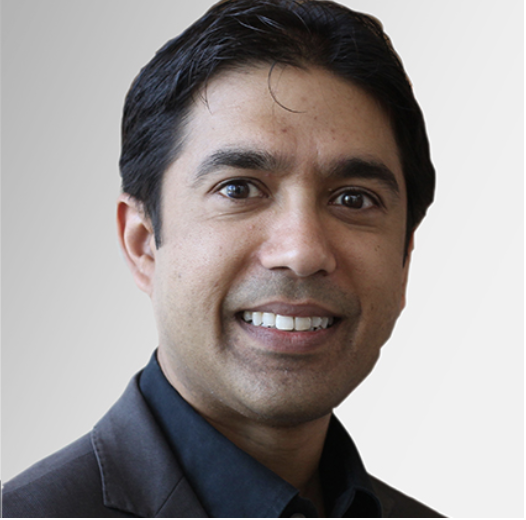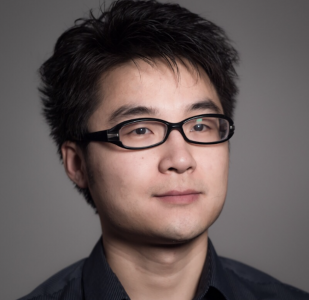Goyal Achieves Record-Breaking Distances for Non Line of Sight Imaging, Featured in PNAS
Vivek Goyal, a CISE research affiliate and professor from the College of Engineering (ECE), worked as part of a team led by Professor Feihu Xu of the University of Science and Technology of China to demonstrate non-line-of-sight (NLOS) imaging and real-time tracking of hidden objects over a distance of 1.43 kilometers. Using both software and hardware innovations, the team increased the standoff distance of NLOS imaging from meter to kilometer range—about three orders of magnitude longer than previous experiments. Their work, recently published in Proceedings of the National Academy of Sciences of the United States of America (PNAS), creates opportunity for future NLOS imaging techniques and real-world applications alike.

NLOS imaging can recover details of a hidden scene from the indirect light that has scattered multiple times. Unlike conventional imaging that involves direct line-of-sight light transport to recover visible objects, NLOS imaging often uses information encoded in the time-of-flight of scattered photons to reconstruct hidden objects from the indirect light paths. Previous experiments with NLOS imaging have remained at short-range verifications, given challenges arising from signal strength, background noise, and optical divergence.
With this in mind, the team developed a high-efficiency, low-noise NLOS imaging system operating at near-infrared wavelength based on a dual-telescope confocal optical design. When compared to visible light, 1550 nm infrared light has a few key advantages—low atmospheric loss, low solar background, eye-safety, and invisibility. “To achieve our long-range imaging goal, it was more important for the operating wavelength to be matched to transmissibility through the atmosphere than to the sensitivity of silicon detectors,” according to Goyal.

With software, the team also adopted a convex optimizer, equipped with a tailored spatial–temporal kernel expressed using a three-dimensional matrix, in order to mitigate the effect of the spatial–temporal broadening over long standoffs.
“I was so pleased to be able to bring my algorithmic expertise to this remarkable and ambitious project. Alongside the USTC line-of-sight imaging results from a distance of 200 km, this work shows that extraordinarily weak optical signals can carry useful information. We expect this to inspire the development of other surprising computational imaging systems.”
Goyal is renowned in the field of computational imaging. Prior to this discovery, Goyal has been advancing the capabilities of an emerging technology called single-photon lidar (SPL), which assists with photon-efficient, eye-safe, and long-distance imaging capabilities in autonomous navigation applications and beyond. With a 2014 paper published in Science, Goyal established the field of depth imaging from extremely low light levels using pulsed lasers and time-resolved photon detectors. In 2019, Goyal also published a paper in Nature, alongside ECE student Charles Saunders and former postdoc John Murray-Bruce, describing an NLOS imaging technique using only an ordinary digital camera to recover the position of an opaque object and the scene behind it, outside the line of sight of the camera.
